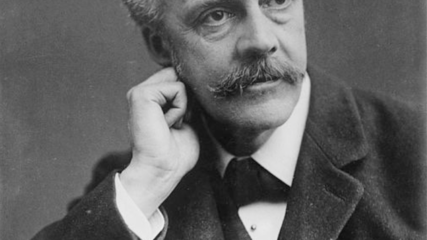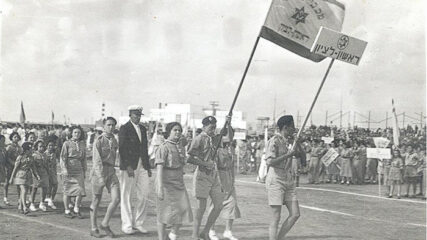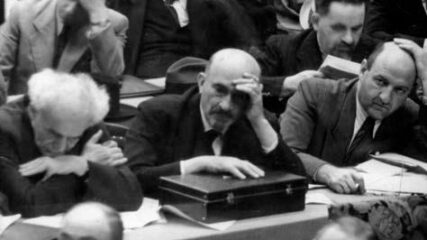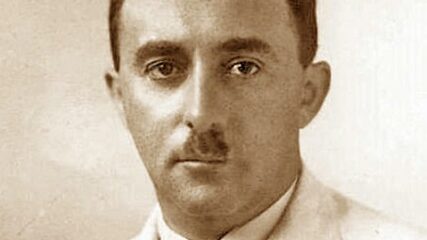August 15, 2014
E-book
Join special guest curriculum contributor Dr. Yaron Ayalon and the CIE Curriculum team as they take you and your students on a riveting adventure through the lives of the Sephardi and Mizrahi Jews of Southern Europe and the Middle East. Explore the differences between Sephardi and Ashkenazi cultures, and discover the great wealth of knowledge and spirituality of the Sephardi Jews. Utilizing maps, photographs, primary documents, an extensive timeline and even a recipe for a traditional Sephardi dish, this book is the perfect introduction to Sephardi Jewry for the individual learner or in a classroom setting.
- Suitable for learners 9th grade and up
- Maps, Photographs, Primary Documents, Extensive Timeline
- Perfect for individuals, groups and classes
- Develop an understanding of the differences between Sephardi and Ashkenazi Jewry
December 1951
This report submitted to the United Nations at the end of 1951 notes that “some one million Jews have become the victims of accelerated antiSemitism” since 1948 in the Muslim countries of the Arab League and North Africa, “communities which have existed for thousands of years.” The report analyzes the situation for Jews overall and explains restrictions and oppressive measures country by country.
August 15, 2014
E-book
Covering the foundations of Judaism and the history of the Jewish people, the unit starts with the ‘covenants’ and ends in 1897. It traces the Jewish connection to the land of Israel, in the land and in exile. It explains how and why Jews retained their traditions in the face of enormous challenges. It concludes with the birth of Zionism as one answer to Jewish insecurity.
- Suitable for learners 9th grade and up
- The first of four planned units covering Israel and the Jewish Nation
- 37-page teacher guide
- 78-page student workbook
- Covers the foundations of Judaism and Jewish people starting with the 'covenants'
- Learn how and why the Jews retained their traditions in the face of enormous challenges
- Explore the connection to the land of Israel and the birth of Zionism
August 23, 1950
August 23, 1950 American Jewish Yearbook, Vol. 53. 1952. 64-8. Over time, world Jewish opinion became splintered not only about the nature of Zionism or the role of Israel in their identity, but the degree...
November 10, 1975
Led by USSR and Arab states, Zionism is labeled as racist; the resolution is revoked in 1991.
October 29, 2022
Jewish Historians Gil Troy and Steven Bayme cogently discuss the ties and tensions between Jewish communities, primarily between American and Israeli Jews. This 37 minute video is entwined with extraordinary vivid insights.
February 4, 2023
February 4, 2023 Center for Israel Education President Ken Stein explores the state of Zionism and the Jewish people in an in-person conversation with Rabbi Peter Berg of The Temple in Atlanta, Rabbi David Silverman of the Atlanta...
June 2018
While heralding the flourishing political relations between the United States and Israel, American media channels over the last six months have also reported that recent measures taken by the Israeli government, such as the passage of the National Conversion Law and the freeze on the pluralistic Western Wall plan, have significantly exacerbated the crisis of faith in the State of Israel among extensive segments of the American Jewish population.
January 23, 1938
After the British suggested partition of Palestine into two states in July 1937, Weizmann, among Zionists, was least opposed to a Jewish state in less than all of western Palestine.
1958
Ben-Gurion elegantly connects modern Israel from messianic redemption to Zionism, building the country through labor and immigration, with dual needs to remain actively linked to the Jewish diaspora and Jewish values through education.
1948-1985
Read full article at the Israel State Archives.








